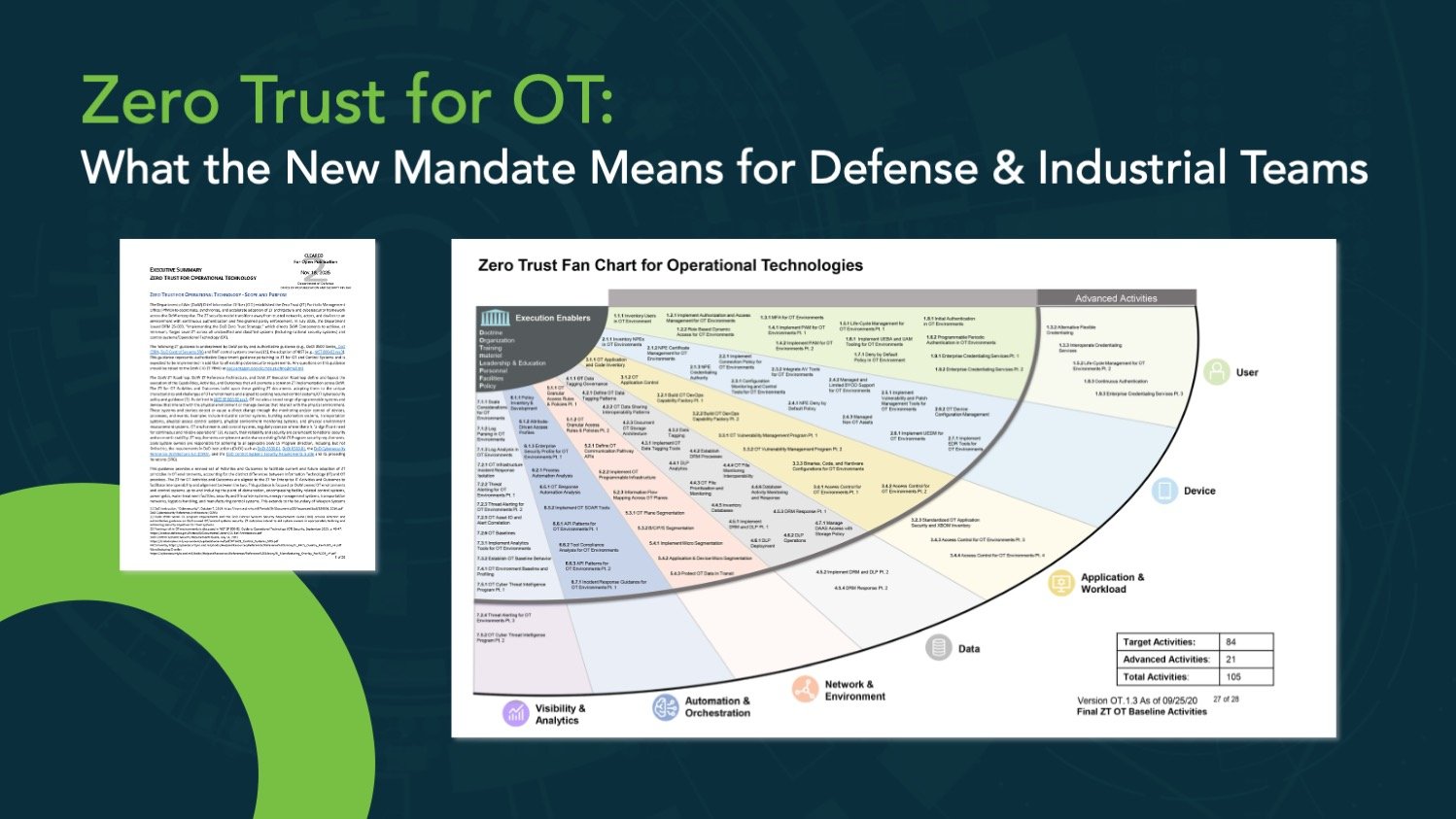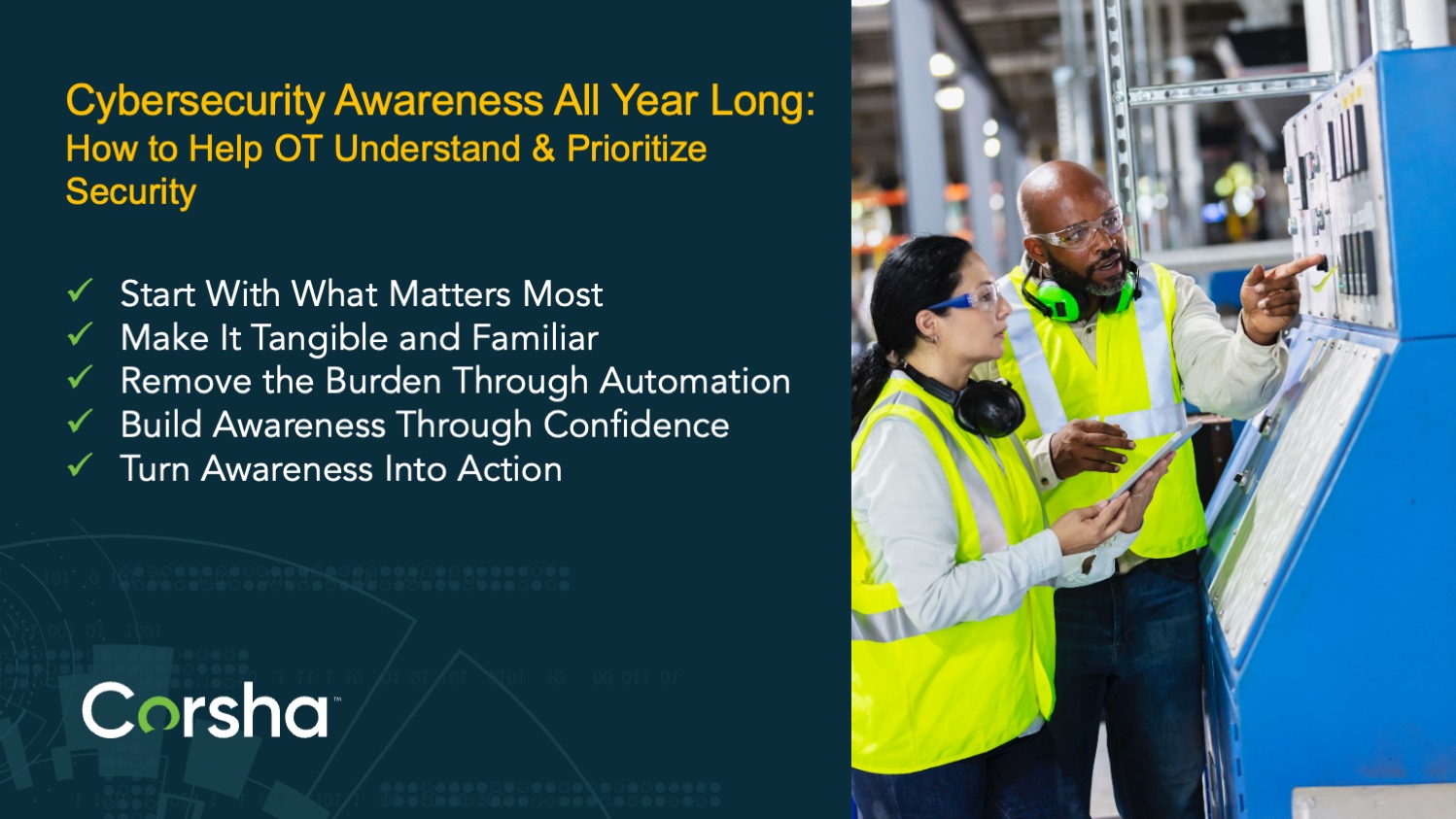Automated processes power today’s workflows for countless organizations of all shapes, verticals, and sizes. According to Gartner, 70% of organizations will implement structured automation to enable flexibility and efficiency throughout their businesses by the end of 2023. That’s a huge uptick compared to Gartner’s 2021 observation that only 20% of organizations leveraged automation.
Modern businesses need automation to do faster, better work; and they also need it to be globally competitive.
Here’s the bottom line: The mad dash to implement automated processes has left secure automation practices somewhat in the dust. This in turn makes automated processes prime targets for bad actors looking to breach systems.
Automation allows businesses to soar to greater heights than ever before — opening up new possibilities for fast and efficient production and development. But without improved security measures, automation risks becoming a massively vulnerable venture.
The Automation Boom
Automation is the MVP of modern business. It’s essential to facilitating the most important workflows for businesses without human eyes or hands, allowing them to scale up with greater speed and efficiency.
It’s a hot trend, and also an expensive one. According to Cflow, the market for workflow automation is projected to reach $5 billion by the end of 2024. That massive investment in automation indicates that businesses’ reliance on it to get the job done will only increase.
The idea of automation is nearly 5,000 years old, but only in this decade has it taken full hold of modern businesses. Here’s just a list of just a few of the places and processes now ruled by automation:
- Software supply chains
- Business analytics
- AI/ML
- Manufacturing pipelines
- Data backup
This list doesn’t even represent a fraction of the work that automated processes facilitate for organizations today — nor does it truly cover where automation will reign supreme tomorrow. That means secure automation is the key to defending all kinds of business data and resources from devastating attacks.
Automation has radically changed the nature of business and our expectations around it. That’s why industry experts expect automation to grow exponentially in the next decade in nearly every vertical. In fact, Fortune Business Insights expects the industrial automation market to balloon to about $395 billion by 2029.
Although these automated processes have the power to transform the way we move through production, their closeness to business functions also makes them prime targets for bad actors. If companies are going to spend this much time, money, and resources on automated processes, those processes must also be secure.
Automated Processes as an Attack Vector
The increase in automated processes and machine-to-machine (M2M) communication means less human intervention. This can be a double-edged sword. On the one hand, more efficient production means businesses can move — and scale — even faster. On the other hand, less human oversight can mean fewer eyeballs to identify possible cyber attacks — especially API attacks, breaches, or leaks.
That’s what makes automated processes a great attack vector for bad actors. Take what happened to CircleCI. In 2022, the popular development platform reported a mass exposure of customer API secrets in its stores. That exposure left its clients’ automated CI/CD pipelines wide open to attacks. As a result, the platform recommended that its clients immediately rotate all secrets stored on its service — including Project API tokens.
What’s the culprit here? Leaked static API secrets that could allow attackers to access sensitive software, apps, and other projects. That’s just one example of how leaked credentials can leave automated processes wide open for exploitation.
Poor protections around automated processes can affect all aspects of business. If the API secrets connected to these automated processes fall through the cracks, an entire organization can become vulnerable. What helps enable better, stronger protections of automated workflows throughout? A robust API security program.
How to Level Up Your Automation Security
Better API security leads to secure automation. While a holistic cybersecurity program is necessary to defend your organization from attacks and threats, safeguarding APIs is a critical component to stopping bad actors in their tracks. After all, no access to those APIs means no access to the automated processes that hold treasure troves of information and resources.
So what can organizations do to level up their API security for secure automation?
- Gain Visibility Into Your APIs
The key here is to keep a close eye on all the APIs connecting different apps, services, and resources throughout your organization. The most dangerous kind of API is one that you don’t even know you have — because then how could you possibly protect it?
Leaks from these unknown APIs (or shadow APIs) can go undetected for weeks, months, or even years. A lot of damage can be done in that nebulous timeframe. Take what happened to Toyota, for instance. In 2022, the auto manufacturer warned customers that its API keys had been exposed on GitHub for nearly five years. That means threat actors had a five-year reign over the credentials that opened gateways to Toyota data.
- Classify Your APIs From a Risk Perspective
Once you know where your APIs live and what they’re doing, it’s important to identify where they’re most vulnerable. This will help you classify your APIs from a risk perspective — which can inform your security teams about where to keep an eye out for potential attacks.
Think about it from a bad actor’s perspective. They’re not going to waste their time pointlessly hacking away in a place where your security’s in tip-top shape. They’re going to find where there’s already a crack in your cybersecurity armor and focus their efforts there.
Performing a risk audit of their APIs helps security professionals to start thinking like these malicious attackers — thereby boosting defense against them.
What’s usually the biggest flag for a weakly protected API? Vulnerabilities. No organization, no matter its pedigree, is immune to Critical Vulnerability Exploits (or CVEs). In 2022, an attacker exploited a Twitter API zero-day. Although Twitter identified and patched the vulnerability, the damage had already been done. The bad actor managed to compromise 5.5 million users’ sensitive data.
- Add an Extra Layer of Security to Your Current API Security Practices
When it comes to modern API security, the bearer model is no longer enough. If one set of credentials falls through the cracks, it can quickly open doors for threat actors anywhere. Implement an additional safety net that can account for the pitfalls of the bearer model and static secrets.
What type of extra layer usually works best? Multi-factor authentication.
MFA has the ability to validate identities seeking access even if they’re bearing the right credentials. This helps compensate for the security gaps that result from a total reliance on secrets and secrets management. It also mitigates the security risks that come with secrets sprawl, or when your organization’s secrets spread and get stored across your ecosystem.
Improve API Security — Without Excessive Spend
The facts are clear: Automation isn’t a distant future; it’s an ever-present reality. That means secure automation should be a top-of-mind concern for businesses aiming to stay efficient, productive, and competitive.
With a strong API security program, organizations can knock out two birds with one stone. They can defend the coveted gateways to all their apps, services, databases, and other resources while protecting the automated processes that keep business flowing.
When it comes to API security, it’s time for organizations to step up their game. However, many organizations today still fall victim to the myth that secrets are enough to keep them safe. Check out our 2023 State of API Secrets Management report to get the current pulse check.


